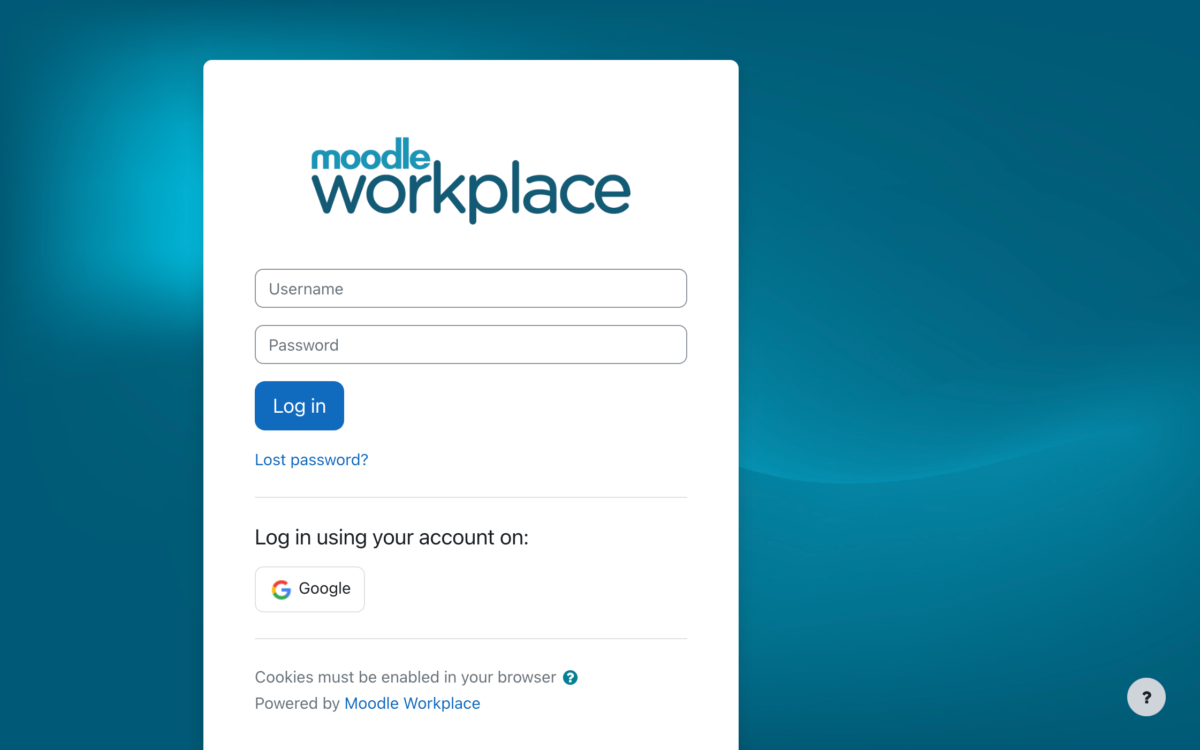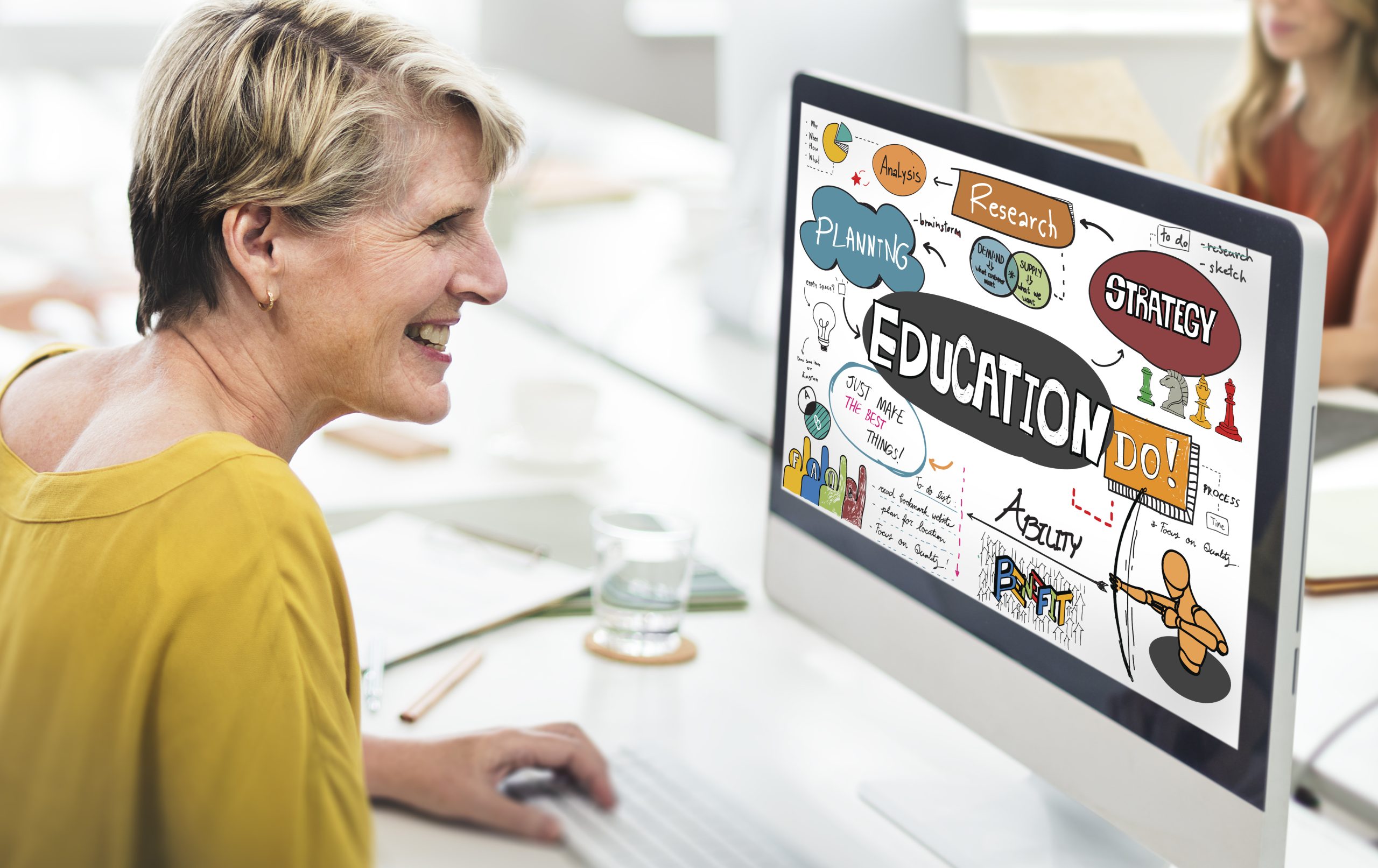Blended learning is not a new phenomenon in the e-learning industry, although it is quickly becoming the new buzzword among trainers and L&D professionals. Do a quick key word search on Google and you get varying interpretations, all referring to delivery mode for training that are either face-to-face or online, but what does that mean for trainers and instructional designers?
Training organisations and instructional designers are turning to blended learning solutions to provide timely, efficient, and relevant training to staff. First, a definition:
Blended learning is a training solution that includes two types of learning environments. Commonly, the learning environments are the classroom and the virtual environment.
What’s the appeal?
Blended learning is preferenced because it allows instructional designers to customise training, to reach a wider audience, to make learning accessible. Companies, L&D professionals, even learners pursuing professional development turn to blended learning because of its flexibility. Blended learning is learner-centric because it responds to different learning styles.
How do you blend?
Think about what you are trying to teach your learner. Perhaps you want to create a job aid, or you want to chunk learning content into bite size nuggets so the learner can dip in and out, or you have to deliver new knowledge — this is where blended learning comes into play. The right delivery mode will make all the difference to the learner and consequently will boost productivity.
The right learning management system, such as Moodle or Totara will help you integrate discussion forums and quizzes into your course design. Contact us to learn more.
Making blended learning work
Although there is an element of complexity when designing, blended learning can be effective when you plan it right. Considering why you need to blend your learning material will help you make you choose the right delivery method. For example, reference materials don’t need to be delivered in the a face-to-face environment; creating a pdf that is available online at any time means the learner can access it anywhere, on any device.
Social media and blended learning
Social media is a source of inspiration for many. It’s no surprise at all that social media is a fertile ground for collaboration. Take your cues from the basic principles of social media and integrate them into your blended learning; it will enhance learner engagement.
The complexity surrounding blended learning has to do with the choices you make as an L&D professional. For example, if you want to create a job aid, use an image. A quick scan through Pinterest and Instagram will demonstrate the influence that f a well-designed image can have on the viewer. An image can help lift the message of an infographic resulting in a good job aid for the learner.
We love our social media apps because we have access to them on the go: checking in, posting a status, even reading the news. By designing mobile learning, your learner can access learning on the go.
Blended learning is an effective tool, which allows you to design engaging content, but you need make sure you have selected the right tools. Check out our other news on great tips and best practice on instructional designing.







